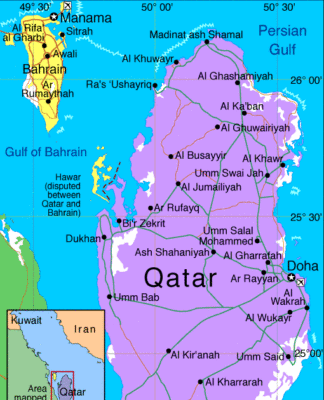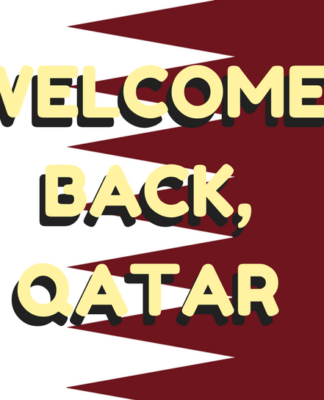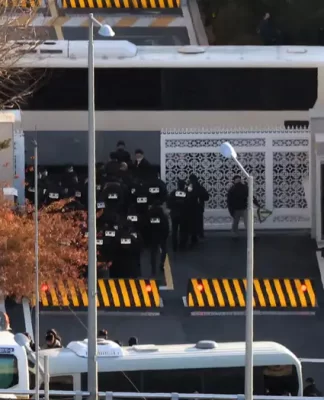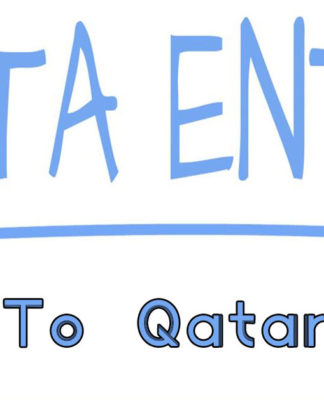The Resistance still holds several unplaced cards
Batool SubeitiBatool Subeiti
Source: Al Mayadeen English
18 Oct 2024 20:15
3 Shares
4 Min Read
Given the shift in American strategy from advocating for a ceasefire to supporting an open war, some argue that the Resistance likewise must adapt its own strategy.
Listen
x
Active resistance in West Asia against American hegemony has reached a critical point, now posing a genuine threat to American regional interests. For some time, the US has underestimated the shift in the power balance, which is in favour of the Resistance Axis. October 7 marked a turning point, showcasing the first instance of the Resistance taking the offensive. It proved that when mobilized, the Resistance possesses both the will and capability to implement its plans, despite the technological superiority and intelligence capabilities of its adversary.
The occupation entity, characterized by its inherently expansionist tendencies and reliance on swift military engagements, has proven unprepared for a prolonged conflict. Its soldiers lack training in ground warfare, and the settler society is accustomed to luxury rather than enduring the hardships of war.
Despite failing to achieve its primary strategic objectives and suffering losses, the Israeli government remains committed to continuing the war. Netanyahu appears determined to toughen Israeli society, confronting the reality that they are engaged in an existential struggle. The public is being conditioned to understand that failure in this war could spell the end of the existence of their regime.
America is now redefining the functional role of the Israeli occupation entity after decades of involvement, allowing it to undertake tasks that the US has struggled with for the past thirty years. The time has come for “Israel” to demonstrate its capability to achieve stated objectives. The Israeli military is now given a free hand to operate as it sees fit, setting the stage for a New Middle East by year’s end.
If successful, it stands to gain significant rewards, potentially expanding its territory to include all of Palestine, parts of Lebanon and beyond. While it will receive necessary support, the US does not seek direct intervention. However, failure to defeat the Resistance could jeopardize the Israeli occupation entity’s current trajectory.
The shift in strategy focus to Lebanon aims to restore the deterrence lost on October 7, by undermining the more organized and equipped resistance there. In reality, any other military suffering the initial blows faced by the Islamic resistance in Lebanon would likely not have survived.
Given the shift in American strategy from advocating for a ceasefire to supporting an open war, some argue that the Resistance likewise must adapt its own strategy. This includes coordinating efforts across the Resistance Axis and striking at the same instance, such that the entity feels strong hits. Such sources contend that for the Resistance to succeed, it must inflict more damage on the Israeli occupation than it receives in external American support.
The Israeli occupation entity seeks to manage each front separately and has shown its capacity to cause harm, due to the disparities in military capabilities. If it suspects the Resistance Front is weakening without adequate external support, it is emboldened to escalate its actions. The killing of the secretary-general of the Islamic resistance in Lebanon and two successive heads of Hamas’ Political Bureau, and the perception of a weakened resistance, have further empowered the Israeli occupation entity’s aggression.
The entity has demonstrated its inability to withstand attacks from Iran, making an upcoming Israeli strike on Iran a potential opportunity for greater Iranian involvement. This requires a zero-tolerance approach toward the weakening of any Resistance fronts and addressing any vulnerabilities. It also demands greater creativity in confrontation, with all options on the table.
The Resistance has yet to reveal all its capabilities, which could include significant attacks on Tel Aviv, ground invasions, special operations, and expanded maritime operations.
The US operates based on interests and is likely to push for an end to the war if the Israeli occupation entity suffers more harm than it can inflict on the Resistance. Should the escalation risk a broader regional war—which the US seeks to avoid—it may impose the ceasefire. Ultimately, the same Resistance that successfully thwarted ISIS could similarly thwart the very existence of the Israeli occupation.
The opinions mentioned in this article do not necessarily reflect the opinion of Al mayadeen, but rather express the opinion of its writer exclusively.
United States
Palestine
Israel
Lebanon
Axis of Resistance
Batool Subeiti
Batool Subeiti
Energy Engineer and political analyst based in London, UK.






























